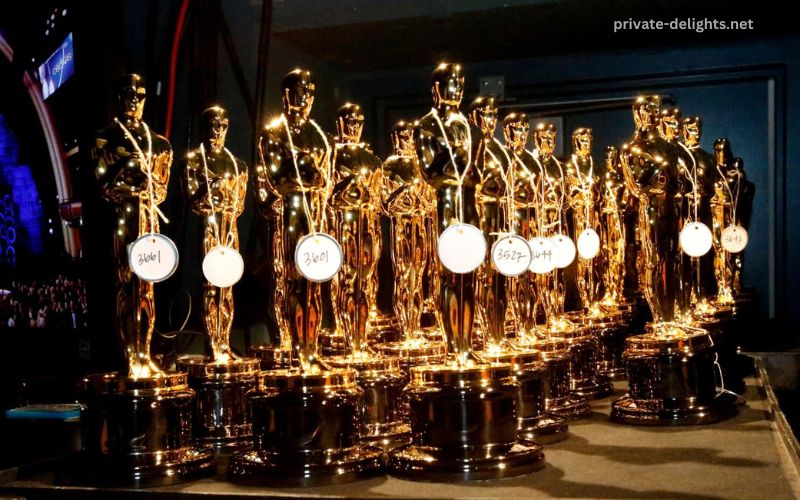The Oscars, or the Academy Awards, stand as the pinnacle of achievement in the world of cinema. Every year, the ceremony celebrates outstanding contributions to the art and science of filmmaking across various categories. From Best Picture to Best Costume Design, each award category holds its own significance and reflects the diverse skills and talents required to create compelling cinema. One intriguing aspect of these categories is the first word of each title, which often encapsulates the essence of the award and hints at its historical context within the film industry.
Exploring the Origins
To understand the significance of the first word in each Oscars category, we delve into its origins and evolution. The Academy of Motion Picture Arts and Sciences, which hosts the Oscars, has meticulously curated these categories over the years to encompass different aspects of filmmaking excellence. The first words often reflect the primary focus or criteria that define each award.
Best Picture: The most coveted award of the night, “Best Picture,” highlights the film that is deemed to be the pinnacle of cinematic achievement for that year. It sets the standard for excellence in storytelling, direction, acting, and overall impact.
Best Director: This category recognizes the individual who has demonstrated exceptional skill in guiding the artistic vision of a film. Directors play a crucial role in shaping the narrative and visual style, making this award highly prestigious.
Best Actor/Actress: Honoring the finest performances by male and female actors, these categories celebrate the art of portrayal and characterization. The first word “Best” emphasizes the exceptional nature of the performances recognized.
Best Supporting Actor/Actress: Recognizing outstanding performances in supporting roles, these awards acknowledge the depth and contribution of actors who enhance the overall narrative and thematic elements of a film.
Best Original Screenplay/Best Adapted Screenplay: These categories celebrate the art of storytelling through the written word. Whether originating from an original idea or adapted from existing material, these scripts form the foundation upon which films are built.
Best Cinematography: Cinematographers are recognized for their mastery of visual storytelling through camera work, lighting, and composition. This category underscores the importance of visual artistry in filmmaking.
Best Costume Design: Costume designers bring characters to life through their clothing choices, reflecting historical periods, character traits, and thematic elements. This award recognizes excellence in creating visual identities within films.
Best Production Design: Highlighting the art of crafting physical and visual environments, this category honors production designers who create immersive worlds that enhance storytelling.
Best Film Editing: Editors play a critical role in shaping the pace, rhythm, and structure of a film. This award recognizes their expertise in assembling footage into a cohesive and compelling narrative.
Best Sound Editing/Best Sound Mixing: These categories acknowledge the technical mastery involved in creating and balancing sound elements to enhance the auditory experience of a film.
Best Visual Effects: Celebrating advancements in digital and practical effects, this award recognizes the teams responsible for bringing fantastical worlds and creatures to life on screen.
Evolution and Adaptation
Over the years, the Oscars have adapted to reflect changes in the film industry and audience expectations. New categories have been introduced, and existing ones have evolved to encompass emerging technologies and storytelling techniques. The first words of these categories continue to serve as a beacon, guiding filmmakers and audiences alike towards the highest standards of cinematic excellence.
Cultural Impact and Legacy
Beyond their technical and artistic significance, the Oscars and their categories have a profound cultural impact. Winning an Academy Award can catapult a film or individual into the annals of cinema history, influencing future generations of filmmakers and setting new benchmarks for creativity and innovation.
Conclusion
In conclusion, the first word of every Oscars category serves as a gateway into the world of film excellence. From “Best Picture” to “Best Visual Effects,” these categories encapsulate the diverse skills and talents required to create compelling cinema. As the film industry continues to evolve, so too will the Oscars and their categories, reflecting the ever-changing landscape of storytelling and technological innovation. By honoring the best in filmmaking year after year, the Academy Awards remind us of the transformative power of cinema and its ability to inspire, entertain, and provoke thought on a global scale.



